US scientists have proposed a new method to compare the cost of solar energy technology with traditional sources as current methods may not give a realistic result
Seth Darling and colleagues from the Argonne National Laboratory in Illinois have used a simulation that gives distributions of values for variable parameters such as weather, solar panel performance, operating costs and inflation to more accurately reflect the overall cost.
‘For solar energy to make a significant dent in the overall energy mix, its cost will have to be similar to or lower than traditional sources such as fossil fuels,’ says Darling, ‘but to make this comparison, you need to know how to calculate the cost.’
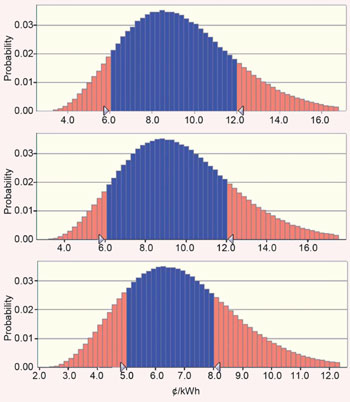
‘The results indicate that the real discount rate is the most relevant factor,‘ says José Goldemberg, an expert on energy and environmental issues from the University of São Paulo, Brazil.
Darling hopes that stakeholders in the energy community will adopt his approach. The biggest challenge, he says, is getting performance data from diverse geographic locations.
‘We hope that partnerships between the solar energy industry, utility providers and national laboratories will focus on collecting the data and making it accessible to those interested in exploring the potential of solar energy,’ he concludes.
Read more of the Chemistry World feature here…
View the Energy Environmental Science Analysis article:
Assumptions and the levelized cost of energy for photovoltaics
Seth B. Darling, Fengqi You, Thomas Veselka and Alfonso Velosa
Energy Environ. Sci., 2011, DOI: 10.1039/c0ee00698j











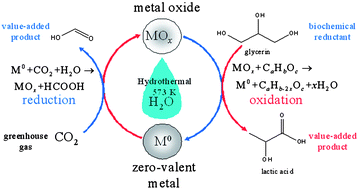
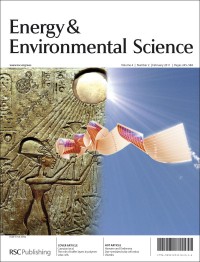
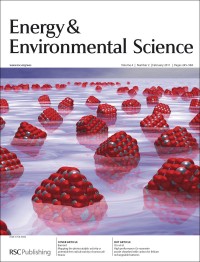
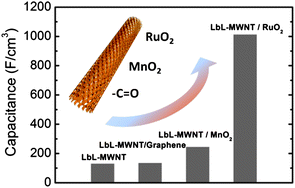
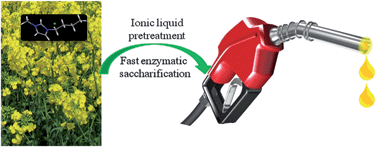 With increasing pressure on non-renewable energy and chemical sources due to the Earth’s swelling population and dwindling supplies, research into renewable and environmentally friendly feedstocks is of critical importance. In this Energy and Environmental Science review, the authors Tadesse and Luque set out the current state of affairs in an area of research which sits at the interface of two important areas of science: ionic liquids and biofuels.
With increasing pressure on non-renewable energy and chemical sources due to the Earth’s swelling population and dwindling supplies, research into renewable and environmentally friendly feedstocks is of critical importance. In this Energy and Environmental Science review, the authors Tadesse and Luque set out the current state of affairs in an area of research which sits at the interface of two important areas of science: ionic liquids and biofuels. Lithium-sulfur batteries are promising rechargeable batteries because of their high energy storage capacity and low cost, but their use has been hindered by their short life cycle and loss of active sulfur through electrochemical reactions in the battery. Porous carbon materials can help as the sulfur is trapped in the pores, preventing it reacting further, but their preparation involves many synthetic steps.
Lithium-sulfur batteries are promising rechargeable batteries because of their high energy storage capacity and low cost, but their use has been hindered by their short life cycle and loss of active sulfur through electrochemical reactions in the battery. Porous carbon materials can help as the sulfur is trapped in the pores, preventing it reacting further, but their preparation involves many synthetic steps.